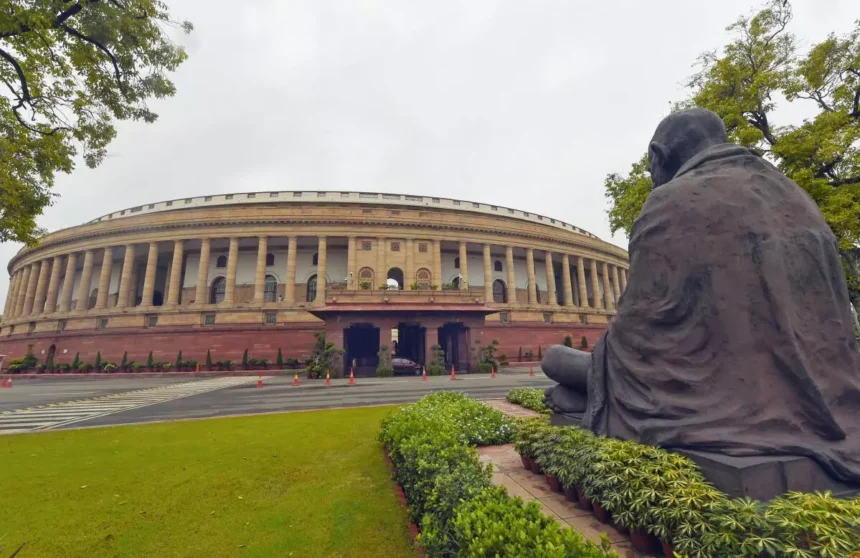An apparently unusual petition in Bengaluru’s bustling city has generated debate and provocative discussions. This blog explores the complexities of this unique petition, looking at the various viewpoints it has sparked and the wider ramifications it has for the social fabric of the city.
Bengaluru, often celebrated for its vibrant culture and dynamic atmosphere, finds itself at the center of an unexpected controversy. A petition, unconventional in its nature, has emerged, challenging societal norms and sparking discussions that resonate far beyond its initial intent.
At the heart of this unconventional petition is a call for reimagining public spaces and challenging preconceived notions about urban planning. Advocates argue that Bengaluru’s landscape should evolve to cater to a diverse array of activities, fostering inclusivity and community engagement. However, the unconventional methods employed to convey this message have triggered polarized reactions among residents.
Critics argue that the petition’s approach is too radical, questioning the efficacy of unconventional means to address city planning concerns. The controversy highlights the delicate balance between pushing for progressive change and respecting established norms, especially in a city known for its juxtaposition of tradition and modernity.
More About The Ongoing Controversy
Amid the controversy, the petition has successfully sparked conversations around the city’s identity, its rapidly changing landscape, and the role of citizens in shaping its future. Bengaluru’s residents find themselves contemplating the essence of public spaces and the need for innovation in urban planning, provoking a broader dialogue about the city’s direction.
One undeniable impact of the petition is its ability to bring attention to the power of citizen activism. Regardless of opinions on the unconventional methods employed, the petition has demonstrated the potential for citizens to influence urban discourse and challenge the status quo. This marks a paradigm shift in the way Bengaluru’s residents engage with and contribute to the city’s development.
The controversy surrounding the petition has also shone a spotlight on the importance of effective communication in civic engagement. While the unconventional nature of the petition has garnered attention, some argue that a more traditional approach might have facilitated a more constructive dialogue. This raises questions about the balance between innovative advocacy and ensuring the inclusivity of diverse perspectives.
In the aftermath of this unconventional petition, Bengaluru stands at a crossroads, with its residents navigating the complexities of urban evolution, cultural preservation, and civic engagement. The controversy has become a catalyst for introspection, challenging the city to find common ground between tradition and progress.
Despite causing controversy, Bengaluru’s unusual petition has sparked important discussions about the nature of the city and its future. In one of India’s most vibrant cities, the dispute sparks a wider conversation on civic engagement, urban planning, and the fine balance between tradition and innovation as locals struggle with opposing viewpoints.




